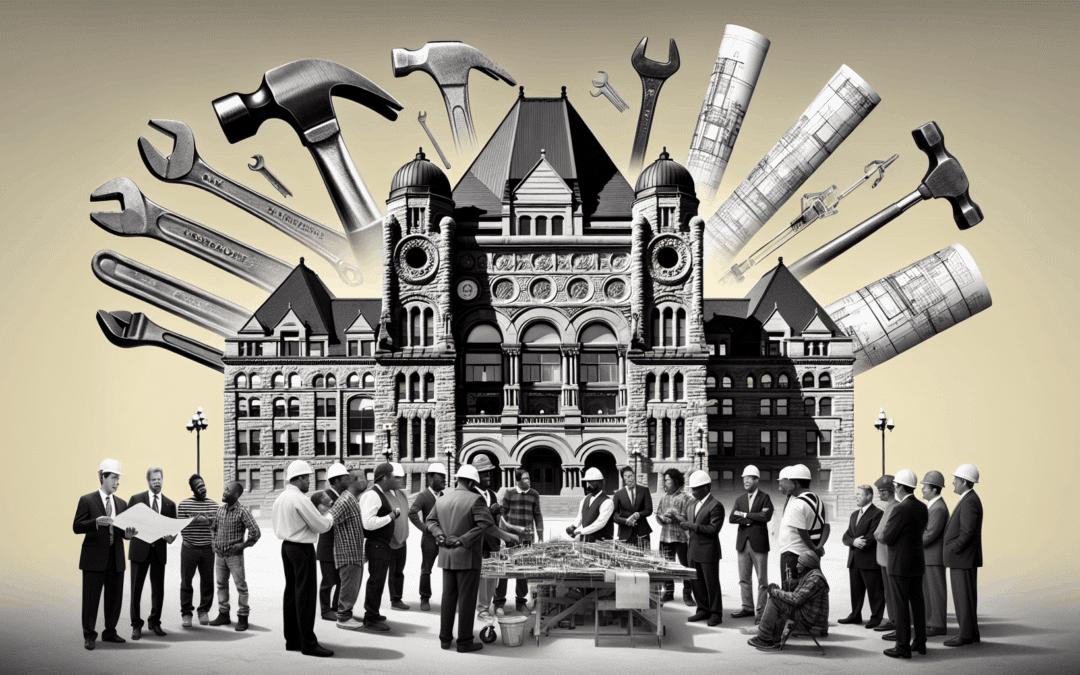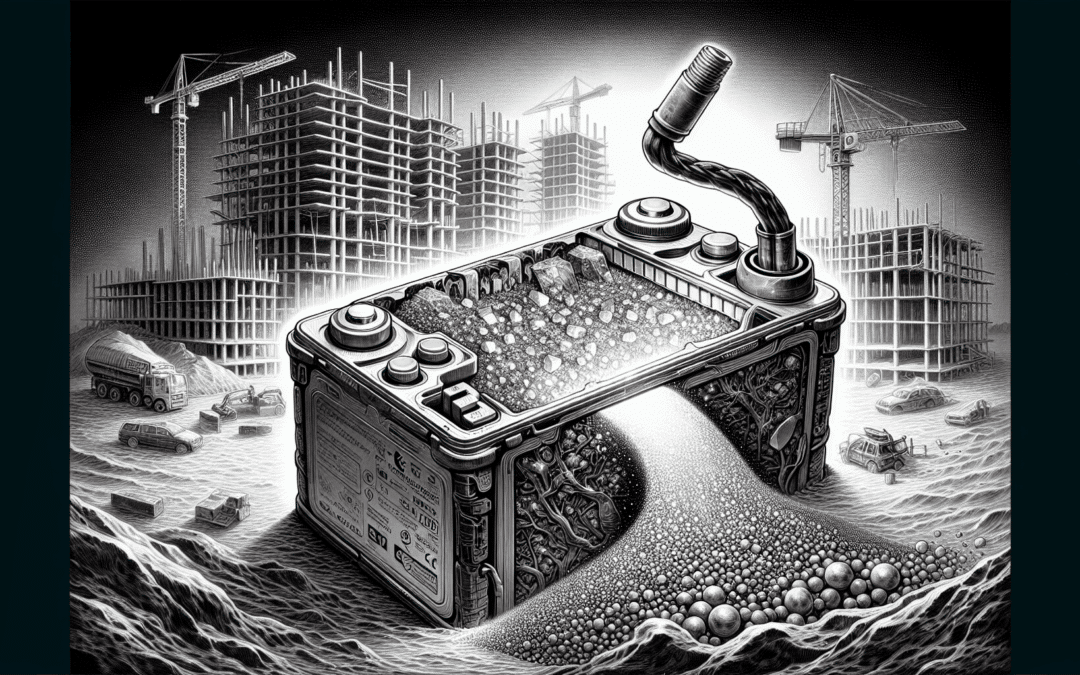The Evolution of the London Housing Landscape: Steel Buildings Paving the Way
The housing market is experiencing a monumental shift with the proliferation of steel buildings across London’s housing landscape. Have you ever wondered why this is happening? Or perhaps, how this will influence the future of housing in the British capital?
An Introduction to the London Housing Landscape
London, known for its rich historical backdrop juxtaposed with modern, innovative architecture, never ceases to stir the fascination of its residents and the millions who visit the metropolis each year. This city is well-regarded for successfully intertwining its centuries-old buildings with innovative, state-of-the-art structures, creating a unique housing landscape.
Increasingly, the inclusion of Steel Buildings in London reflects an emerging trend underway – an evolution in the London housing market that promises to rewrite the architectural norms and raise aspirations for sustainable living.
The Rising Preference for Steel Buildings
Have you noticed that more steel buildings are popping up across London? There’s a good reason for that, and frankly, it’s an exciting one. The core reasons reflect the contemporary focus on sustainability, cost-effectiveness, and rapid construction. Steel checks off all these boxes impressively.
As the world grapples with escalating ecological crises, London isn’t left out. Solutions are certainly needed, and where better to start than in housing, a sector notoriously known for its large carbon footprint? Steel buildings, with their high recyclability, energy efficiency, and sustainable manufacturing processes, are a fitting response.
When applied to the housing sector, the benefits of steel buildings become even more evident. They offer speed of construction, cost efficiency, flexibility, and robustness, qualities that are increasingly desirable in today’s housing market.
Steel Buildings and Green Building Practices
More builders are turning to steel as a leading material for new construction projects. With its resilience, durability, and minimal environmental impact, it’s an excellent alternative to traditional building materials.
Buildings account for a significant percentage of the total global greenhouse gas emissions, particularly from their energy use for heating, cooling and lighting. Steel offers an attractive resolution. It is one of the most recycled materials in the world, making it a popular choice for eco-conscious developers and builders.
The Economic Implication of Steel Buildings in the Housing Landscape
Several economic factors are driving the shift towards steel buildings: current housing valuation trends, the projected economic impact of new construction, and the general direction of the London economy.
If you examine Realty29 forecasting, it clearly anticipates continuous growth in the demand for steel buildings. Notably, the savings in construction—the reduced time and workforce, the minimal site disruption, and the durability ensuring lesser maintenance costs—make steel buildings a financially attractive choice.
The Future of the London Housing Landscape
Matching the ever-evolving city’s spirit, London’s housing landscape is set to experience a new level of change, driven by steel construction. The city’s architects and builders are progressively gravitating towards steel, excited by its versatility and extensive design possibilities.
In essence, the future of London’s housing landscape undoubtedly lies with steel buildings. As we’ve seen, these structures offer ecological and economical benefits that other materials can hardly match. The shift towards steel exemplifies the city’s initiative to step into a greener future while preserving its cultural and architectural heritage.
In Conclusion
The scripting of London’s housing landscape is a tale of transition and growth—a shift towards sustainability, durability, and economic feasibility with steel buildings playing a critical role. The acceptance of this changing landscape promises to usher in a new era where the city maintains its charm while embracing innovative and sustainable construction methods.
Moreover, given the undeniable benefits offered by steel buildings, the key players in London’s housing landscape—developers, architects, builders, even buyers—cannot afford to disregard this opportunity to make a substantial leap towards a greener future.
Indeed, the stage is set, and the evolution is in full swing. With steel buildings, the future of London’s housing landscape is undoubtedly brighter, greener, and more sustainable. It’s a fresh new chapter, and we’re all invited to be participants.




